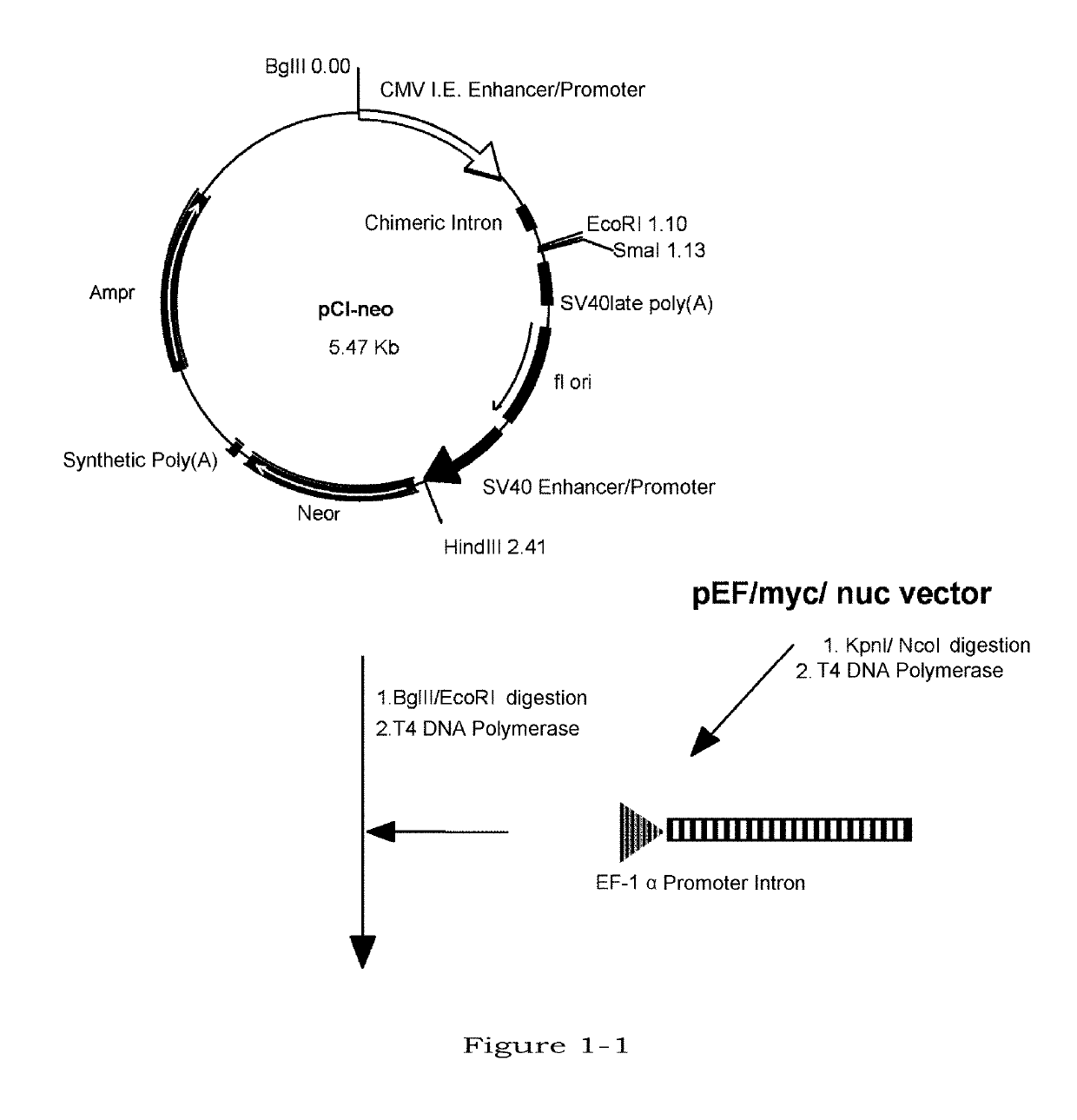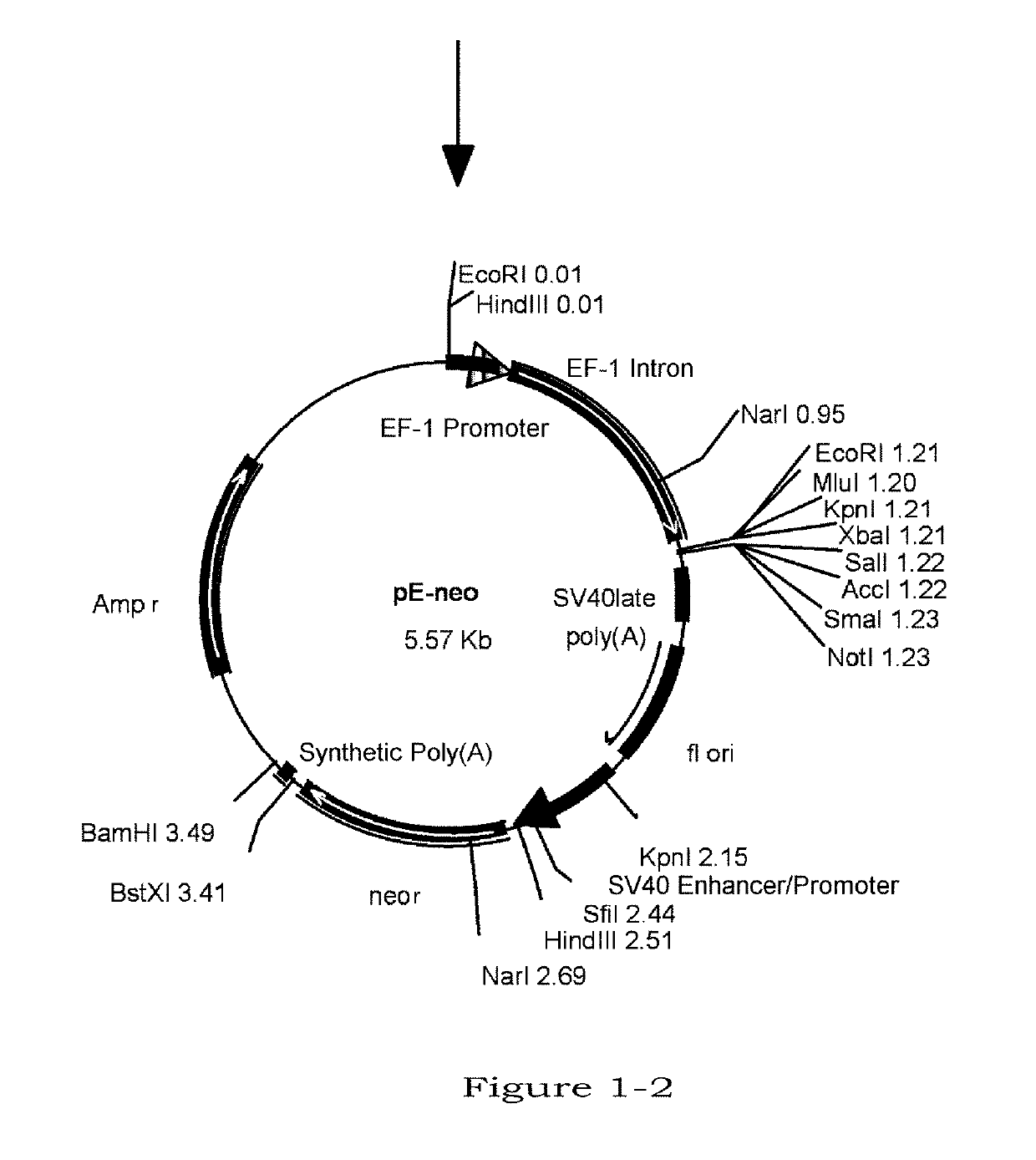Method for producing glycoprotein having mannose residue as non-reducing end of sugar chain
a technology of mannose residue and sugar chain, which is applied in the field of producing glycoproteins, can solve the problems of complex sugar chain, increased cost, and disadvantage of sugar chain of complex type, and achieve the effects of improving efficiency, increasing complexity and increasing costs
- Summary
- Abstract
- Description
- Claims
- Application Information
AI Technical Summary
Benefits of technology
Problems solved by technology
Method used
Image
Examples
Embodiment Construction
[0067]In the present invention, the term “mammalian animal” includes, without particular limitation, any mammalian animals, but preferably represents primates such as human, African green monkey, and the like; rodents such as mouse, rat, Chinese hamster, and the like; rabbit, and canine. The term “mammalian cells” includes, without particular limitation, any cells derived from a mammalian animal, either primary or subcultured cells, collected from an organ taken out of the body, or from muscle tissue, skin, connective tissue, nerve tissue, blood, bone marrow, and the like, or their cell lines established so as to keep their characteristics through repeated subcultures. Further, those cells may be either normal cells or cells which have become cancerous. Cells which can be used particularly preferably are CHO cells, derived from the ovary of a Chinese hamster, human fibroblasts, and COS cells, derived from the renal fibroblast of an African green monkey.
[0068]In the present invention...
PUM
| Property | Measurement | Unit |
|---|---|---|
| pH | aaaaa | aaaaa |
| pH | aaaaa | aaaaa |
| pH | aaaaa | aaaaa |
Abstract
Description
Claims
Application Information
 Login to View More
Login to View More - R&D
- Intellectual Property
- Life Sciences
- Materials
- Tech Scout
- Unparalleled Data Quality
- Higher Quality Content
- 60% Fewer Hallucinations
Browse by: Latest US Patents, China's latest patents, Technical Efficacy Thesaurus, Application Domain, Technology Topic, Popular Technical Reports.
© 2025 PatSnap. All rights reserved.Legal|Privacy policy|Modern Slavery Act Transparency Statement|Sitemap|About US| Contact US: help@patsnap.com



